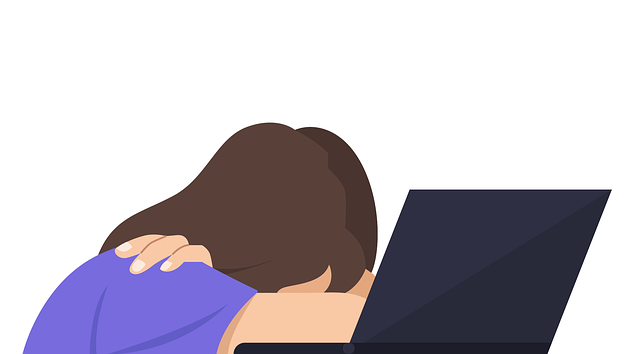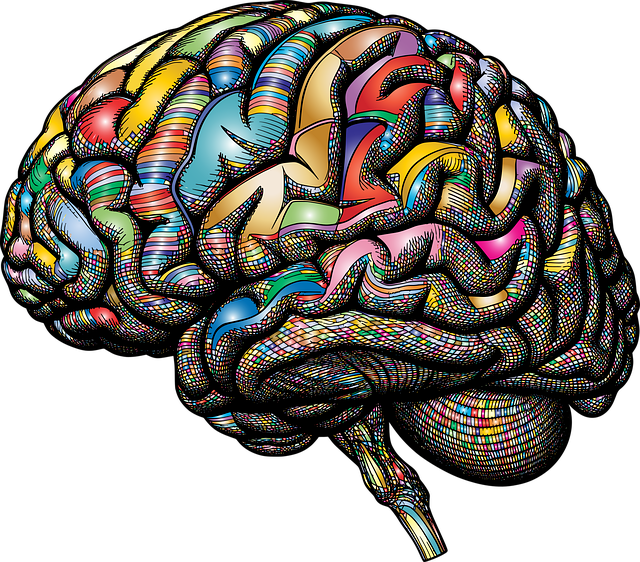Burnout is a significant concern in healthcare, affecting professionals across disciplines and leading to emotional exhaustion. For adolescents with ADD/ADHD, burnout can be particularly challenging. Effective strategies include self-care practices like mindfulness, exercise, and structured routines, along with tailored mental wellness coaching and cognitive-behavioral therapy (CBT) for resilience and work-life balance. Integrating mental health support, healthy lifestyle habits, and customized care for adolescents with ADD/ADHD is crucial for healthcare burnout prevention, including access to Therapy for Adolescent Teens ADD-ADHD.
Healthcare provider burnout is a growing concern, impacting patient care and well-being. This article explores strategies to prevent and address this critical issue, focusing on recognizing burnout signs and symptoms in healthcare providers. We delve into evidence-based interventions and provide guidance on supporting teens with ADD/ADHD in clinical settings. By implementing these strategies, healthcare organizations can foster a healthier work environment, enhance patient outcomes, and ensure sustainable care for all, including adolescents needing therapy for Adolescent Teens ADD-ADHD.
- Recognizing Burnout in Healthcare Providers: Signs and Symptoms
- Evidence-Based Strategies for Prevention and Intervention
- Supporting Teens with ADD/ADHD in Healthcare Settings
Recognizing Burnout in Healthcare Providers: Signs and Symptoms

Burnout is a significant concern within the healthcare industry, affecting providers across various specialties. Recognizing the signs and symptoms early on is crucial for effective burnout prevention strategies. Healthcare professionals often exhibit emotional exhaustion, depersonalization, and a sense of reduced personal accomplishment. They may experience increased irritability, anxiety, or depression, along with physical complaints such as fatigue, insomnia, and frequent headaches.
For adolescent teens with ADD/ADHD, the impact of burnout can be particularly concerning. Self-care practices, including mindfulness, regular exercise, and structured routines, are essential tools in combating burnout. Additionally, mental wellness coaching programs tailored for healthcare providers can offer much-needed support, promoting resilience and healthy coping mechanisms while encouraging a work-life balance. These strategies collectively contribute to the development of long-term burnout prevention measures within the healthcare sector.
Evidence-Based Strategies for Prevention and Intervention

Preventing burnout among healthcare providers is a multifaceted approach that leverages evidence-based strategies. One powerful tool in the arsenal is Mindfulness Meditation, which has been shown to reduce stress and improve emotional regulation. Regular practice can enhance self-awareness, enabling providers to better manage their responses to demanding situations. Incorporating Social Skills Training into professional development programs also plays a crucial role. Effective communication and empathetic listening not only foster stronger patient relationships but also contribute to a more supportive work environment.
Moreover, integrating Mental Wellness as a core component of healthcare culture is imperative. This includes providing access to therapy for adolescent teens with ADD-ADHD or other mental health conditions. Early intervention and ongoing support can mitigate the risk of burnout by addressing underlying psychological challenges. Additionally, promoting healthy lifestyle habits such as regular exercise, balanced nutrition, and adequate sleep can significantly enhance resilience against professional stress.
Supporting Teens with ADD/ADHD in Healthcare Settings

Supporting teens with Attention Deficit Disorder (ADD) or Attention-Deficit/Hyperactivity Disorder (ADHD) in healthcare settings requires a specialized approach to ensure their well-being and effective treatment. These young individuals often face unique challenges, such as difficulty focusing during consultations, forgetfulness, and impulsive behaviors, which can impact their interactions with healthcare providers. Customizing care is essential; this may involve adapting communication styles, providing clear and concise instructions, and offering visual aids or technology to enhance engagement.
Therapy for adolescent teens with ADD/ADHD plays a pivotal role in building resilience and managing symptoms. Cognitive-behavioral therapy (CBT) has proven effective in teaching coping strategies, stress reduction methods, and improving self-regulation skills. Moreover, fostering mental health awareness among healthcare staff can significantly enhance their ability to support these teens, ensuring a more positive and therapeutic environment.
Healthcare provider burnout is a pressing issue, but by recognizing signs early and implementing effective prevention strategies, such as evidence-based practices and supporting teens with ADD/ADHD through specialized therapy, we can create more sustainable and compassionate work environments. These measures not only benefit individual providers but also enhance patient care and satisfaction in the long run.











